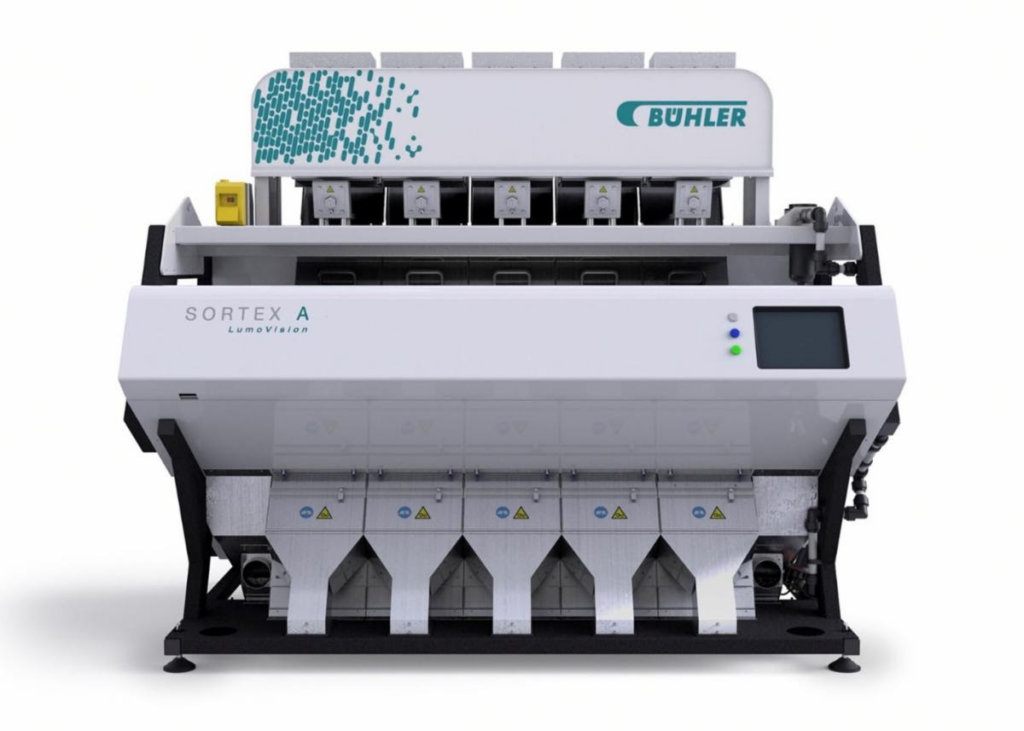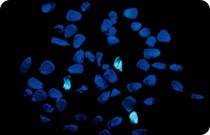IBADAN, Nigeria, 11 September 2023 -/African Media Agency(AMA)/- Protein is the most important element in the diet of the population in Nigeria and maize is a staple animal feed crop in many regions. However, maize is particularly prone to aflatoxin contamination, classified as a primary carcinogen. Bühler’s optical sorting technology, which will be presented at the Food and Nutrition Security seminar later this month, is able to identify the direct indicators of contamination and thus increase the safety of the food chain.

The challenge of ensuring food security, which concerns not only the availability of food products but also nutritional quality, is particularly important in modern Nigeria. Protein is the most important element in the population’s diet, particularly for children, pregnant women, and the elderly. Although the daily diet in low-income homes may consist largely of cheaper staples, such as carbohydrate sources, meat, and fish are widely viewed as an integral part of the Nigerian diet. “Though a lot more expensive on the staple range, Nigerians love to have their animal protein. It’s cultural and the focus of their food,” says Iyore Amadasun, Sales & Channel Business Manager.
However, Nigeria is ranked below average in the global food security index with a protein per capita daily intake lower than the global standard. Nigeria’s livestock sector, despite its considerable size, is not able to satisfy the demand of the rapidly growing population for animal protein. This deficit presents a major burden that requires continuous intervention in order to avoid a nutrition crisis in Nigeria. Thus, animal nutrition plays a critical role in the quest for food security among farmers, feed producers and other industry stakeholders.
Maize is a vital, staple food crop in many regions of Nigeria and forms a major component in animal feed, as it provides high-energy value, pigments and essential fatty acids in the final feed product. But it is particularly prone to aflatoxin contamination, which is classified as a primary human carcinogen. In the event that the contaminated food is processed, aflatoxins enter the general food supply and can cause serious disease. Alongside the health risks, the economic impact on farmers and food processors is significant. Until now, maize sorting in order to reduce aflatoxin has proved difficult and imprecise, relying on indirect indications of contamination that are inconclusive and time-consuming.

SORTEX A LumoVision, Bühler’s innovative solution to reduce aflatoxin, is the first optical sorting technology able to identify aflatoxin in maize based on direct indicators of contamination, using real-time, cloud-based data to monitor and analyze contamination risk. SORTEX A LumoVision reduces yield loss to below 5%, enabling food and feed manufacturers to protect their product from contamination, and thus avoid the cost of expensive recalls and reputational consequences, with increased yield, reduced waste and improved quality. “This technology is truly revolutionary and inspiring – not only for the food industry but for the manufacturing industry on so many levels. This data-driven optical sorting system not only detects a toxin in a food particle, but can reduce it to acceptable levels,” says Polycarp Okoeka Single Machine Business Manager, Bühler Nigeria. Bühler plans to present this technology to its customers and prospective investors at the Food and Nutrition Security seminar on September 28 in Ibadan, Nigeria. “We hope to deploy this innovation as another tool in improving food safety in Nigeria. We are in Nigeria for Nigerians!” says Amadasun.
Bühler is a key player in sustainable animal feed solutions, helping producers to produce top-quality feed and make economical use of raw materials and energy from feed ingredient intake to feed conditioning, pelletizing, extruding, and final packing.
If you are interested in attending the seminar on September 28, please register on the website
The post Bühler’s LumoVision cuts contamination of animal feed appeared first on African Media Agency.






